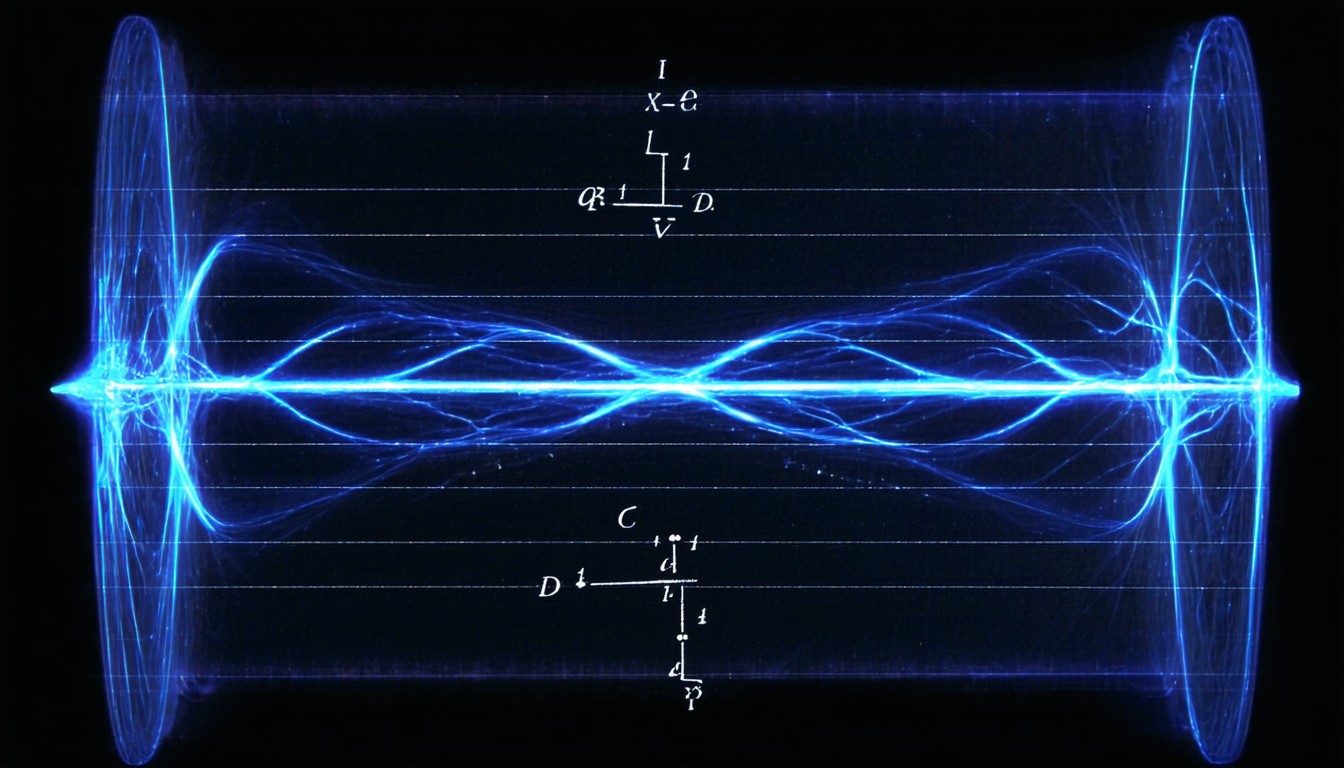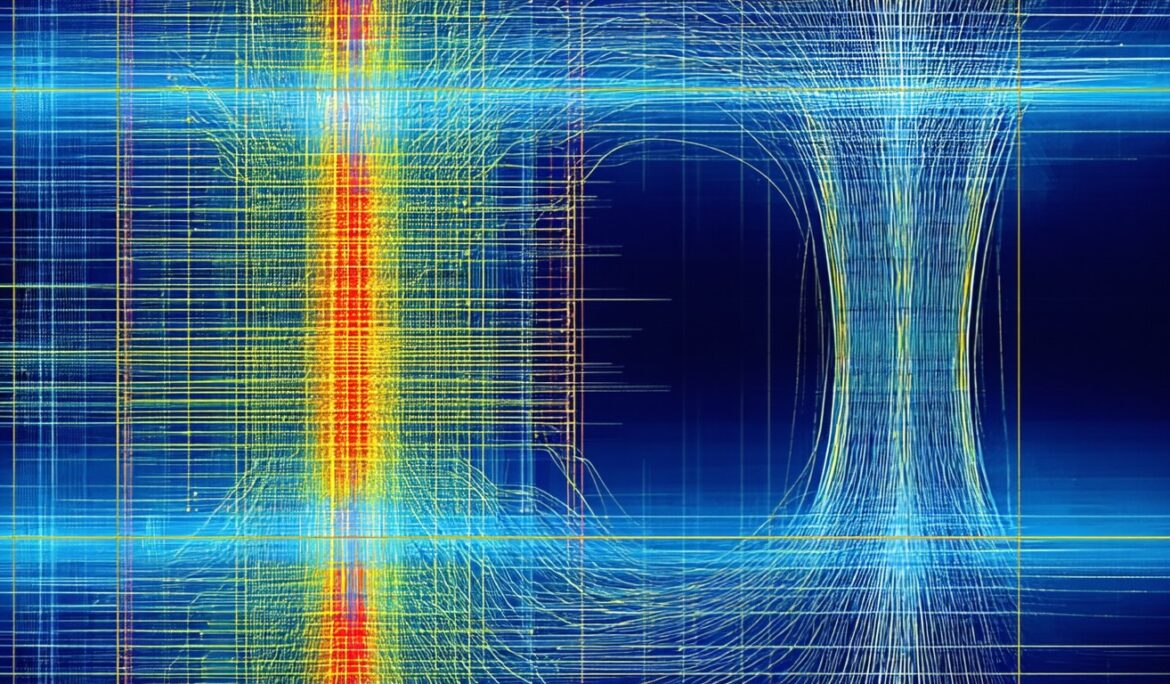The challenge of understanding how moving electric charges generate magnetic fields sits at the core of electromagnetism. Both students and professionals often encounter practical problems—designing electromagnets, analyzing the behavior of current-carrying conductors, or solving for magnetic fields in complex setups—that depend on a clear grasp of magnetic field generation. The Biot Savart Law is a foundational principle that provides the mathematical toolset to predict these fields with precision. In this article, we unravel the Biot Savart Law: its formula, explanation, and deep relevance in solving electromagnetism’s real-world challenges. Our aim is simple: to empower you not just to memorize the law, but to confidently apply it wherever magnetic fields must be calculated.
What the Biot Savart Law Means in Electromagnetic Theory
The Biot Savart Law describes the magnetic field produced at a point in space by a small segment of current-carrying wire. Named after physicists Jean-Baptiste Biot and Félix Savart, this law establishes the direct quantitative link between electric current and the resultant magnetic field. According to the law, every infinitesimal piece of a current contributes to the overall magnetic field at a given location, with both direction and magnitude determined by the shape of the conductor and the observer’s position.
Why the Biot Savart Law Matters for Physics Students and Engineers
For students, researchers, and practicing engineers, the Biot Savart Law is an indispensable analytical tool. It allows for calculating the magnetic field where direct measurement is impractical or impossible. Mastering this law transforms abstract electromagnetic theory into a set of actionable strategies: predicting the field around circuit elements, designing magnetic sensors, or mapping the interplay between current flow and resulting magnetic phenomena—outcomes that underpin both academic success and technological innovation.
Core Framework: Formula, Explanation, and Practical Steps
To use the Biot Savart Law effectively, it’s critical to understand not only the formula itself but also the logic behind each component and the typical workflow from setup to solution.
The Biot Savart Law Formula
The law is expressed mathematically as:
[
\vec{B} = \frac{\mu_0}{4\pi} \int \frac{I \, d\vec{l} \times \hat{r}}{r^2}
]
Where:
- (\vec{B}) is the magnetic field vector at the observation point.
- (\mu_0) is the permeability of free space ((4\pi \times 10^{-7}) T·m/A).
- (I) is the current through the conductor.
- (d\vec{l}) is the vector length element of the wire (direction as per current).
- (\hat{r}) is the unit vector pointing from the wire segment to the observation point.
- (r) is the distance between (d\vec{l}) and the observation point.
This integral sums up the contribution from every infinitesimal piece of wire. The direction of the magnetic field is given by the right-hand rule: if the thumb points in the direction of current, the curled fingers show the direction of the field.
Pillar 1: Choosing the Appropriate Geometry
The first step is mapping the geometry: Is the current element a straight wire, a circular loop, or a more complex shape? For symmetrically arranged conductors—such as long straight wires or loops—integrations often have standard solutions. For irregular shapes, setting up the correct limits for integration is crucial.
Pillar 2: Applying the Right-Hand Rule and Vector Calculus
The Biot Savart Law involves a cross product, meaning directionality matters. Apply the right-hand rule diligently; for each segment, align your fingers with (d\vec{l}) (current), and curl toward (\hat{r}) (pointing from wire to observation). The result gives the contribution’s orientation. Mistakes in vector setup or direction flip the field and invalidate solutions.
Pillar 3: Calculating the Field—Stepwise Integration
For simple standard geometries:
– Long Straight Wire: At distance (r), the magnetic field is (B = \frac{\mu_0 I}{2\pi r}).
– Circular Loop (center): (B = \frac{\mu_0 I}{2R}), where (R) is the loop’s radius.
For any arbitrary shape, break the curve into infinitesimal elements and perform the line integral, typically using symmetry to simplify calculations.
Pillar 4: Checking Units and Physical Limits
Verify units throughout. The magnetic field ((\vec{B})) is always measured in teslas (T). Watch for edge cases—points infinitely far away should yield a zero field; at the very wire itself, the field may diverge.
Tools and Metrics to Monitor
While performing Biot Savart Law calculations, leverage symbolic algebra tools or computational math software for integration—especially with complex conductor shapes. Always check:
– Consistency of vector directions.
– Physical reasonableness (check against standard cases).
– Magnitude compared to expected values: typical current-carrying wires produce fields in the microtesla to millitesla range.
Data & Proof: Key Statistics on Magnetic Fields
Noteworthy Statistics
- Modern MRI machines utilize magnetic fields up to 3 teslas—more than 60,000 times the Earth’s ambient magnetic field of about 50 microteslas (World Health Organization, 2018).
- A current of just 1 ampere in a straight wire produces a magnetic field of 2 microteslas at a 10-centimeter distance, measurable with laboratory-grade magnetometers (National Institute of Standards and Technology, 2017).
What the Numbers Imply for Readers
These benchmarks illustrate why the Biot Savart Law is crucial: even moderate currents produce measurable fields, and engineering systems often operate at field strengths requiring precision down to microteslas. Understanding and leveraging these magnitudes ensures both safety (to avoid interference or hazards) and accurate device design.
Practical Examples: Concrete Scenarios of the Biot Savart Law
Example A: Magnetic Field of a Circular Current Loop
Setup: A single-turn loop of wire carries 0.5 amperes of current; you need the magnetic field at the very center of a 10 cm radius loop.
Action: Using the circular loop formula:
[
B = \frac{\mu_0 I}{2R} = \frac{4\pi \times 10^{-7} \times 0.5}{2 \times 0.1}
]
[
B = \frac{2\pi \times 10^{-7}}{0.1} \approx 6.3 \times 10^{-6} \text{ T} = 6.3 \ \mu\text{T}
]
Result: The field at the center is approximately 6.3 microteslas—over 100 times Earth’s ambient field, a significant value in laboratory measurements.
Example B: Straight Conductor vs. Circular Loop
Consider a case where the same current (0.5 A) runs through a straight, infinitely long wire. At 10 cm, the field is:
[
B = \frac{\mu_0 I}{2\pi r} = \frac{4\pi \times 10^{-7} \times 0.5}{2\pi \times 0.1}
= \frac{2 \times 10^{-7}}{0.1} = 2 \ \mu\text{T}
]
Result: The straight wire yields a field of only 2 microteslas at the same distance—much less than the centered loop configuration. The geometry thus has an outsized impact on resultant field strength and direction.
Common Mistakes and How to Avoid Them
- Ignoring Vector Directions: Neglecting the cross product and right-hand rule leads to wrong field directions, sometimes reversing expected outcomes.
- Misapplying Limits of Integration: Especially for non-uniform shapes, failing to set correct start/end points skews total field results.
- Unit Confusion: Mixing centimeters, meters, amperes, and microteslas without care often results in calculation errors.
- Assuming Infinite Lengths: The straight wire formulas strictly apply only to infinitely long wires; for finite lengths, integrate over the actual wire span.
Implementation Checklist: Applying the Biot Savart Law
- Define the Wire Geometry: Clearly specify if the conductor is straight, circular, or otherwise.
- Identify Observation Point: Choose the exact spatial position where the field is required.
- Express Current Element (d\vec{l}): Write in vector form with respect to the conductor’s orientation.
- Compute the (r) Vector: Determine magnitude and direction from each element to the observation point.
- Set Up the Integral: Write out the full Biot Savart expression with precise limits.
- Simplify with Symmetry: Where possible, use symmetry to reduce calculation burden.
- Apply the Right-Hand Rule: Check directionality at each step.
- Verify Units and Magnitude: Ensure the solution is physically plausible.
- Document Steps and Results: Clearly annotate for clarity and future reference.
Conclusion: Synthesis and Next Steps
Mastery of the Biot Savart Law unlocks the ability to predict and manipulate magnetic fields—a core competency for success in electromagnetism and applied physics. By breaking down its formula, vector principles, and practical calculations, this article equips you not only to solve textbook problems but to address real engineering tasks with confidence. Remember, the shape and orientation of current-carrying conductors profoundly influence the magnetic field: always consider geometry, vector direction, and magnitude together for reliable predictions. As your next steps, practice deriving fields from varied wire shapes and challenge yourself with composite conductor setups—solidifying both intuition and analytical skill.
FAQs
What is the main application of the Biot Savart Law?
The Biot Savart Law is primarily used to calculate the magnetic field generated by specific current configurations, particularly when the geometry is complex or lacks symmetry. It is foundational in both academic analyses and practical engineering designs involving electromagnets and sensors.
How does the Biot Savart Law compare to Ampere’s Law?
While both laws relate current to magnetic fields, the Biot Savart Law can handle irregular or non-symmetric setups by direct integration, whereas Ampere’s Law is simpler but requires high symmetry for straightforward use.
Does the Biot Savart Law apply to all types of currents?
This law applies to steady (DC) currents. For rapidly changing (AC) or distributed (non-localized) current scenarios, extensions involving Maxwell’s equations are required.
Why are right-hand rules important in Biot Savart Law calculations?
Right-hand rules determine the orientation of the magnetic field as a result of the vector cross product involved; misapplication can lead to predictions opposite to physical reality.

What units should I use when applying the Biot Savart Law?
Always express current in amperes, distances in meters, and fields in teslas (T) for consistency with SI units.
Can the Biot Savart Law be used to calculate the Earth’s magnetic field?
While the law describes fields from currents, Earth’s field arises mainly from planetary-scale currents in its core, requiring broader geophysical models. The law’s principles, however, are foundational in the sensors and instruments that measure these fields.


